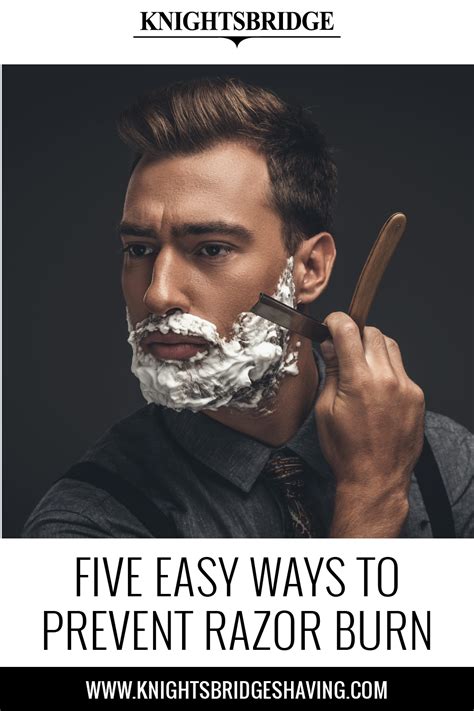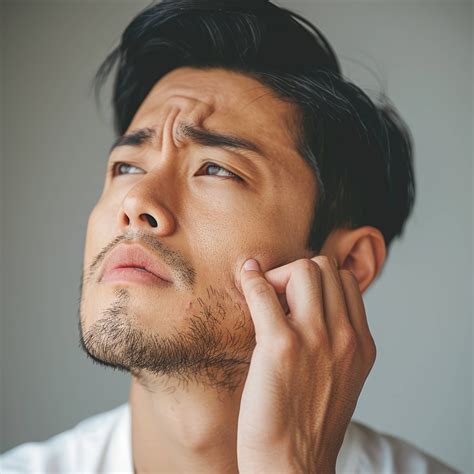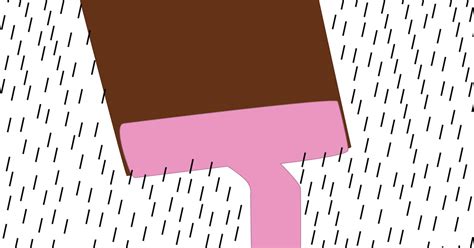How to eliminate razor burn & ingrown hairs for a sharp, confident, peak performance look?

Unlocking a Flawless Shave: Why It Matters
Razor burn and ingrown hairs aren’t just minor irritations; they can significantly detract from your appearance, dampen your confidence, and make grooming feel like a chore rather than a refreshing ritual. A sharp, clean shave is a cornerstone of a polished look, signaling attention to detail and a readiness for anything. This guide will equip you with the knowledge and techniques to banish these common shaving woes permanently, ensuring a consistently smooth, irritation-free complexion.
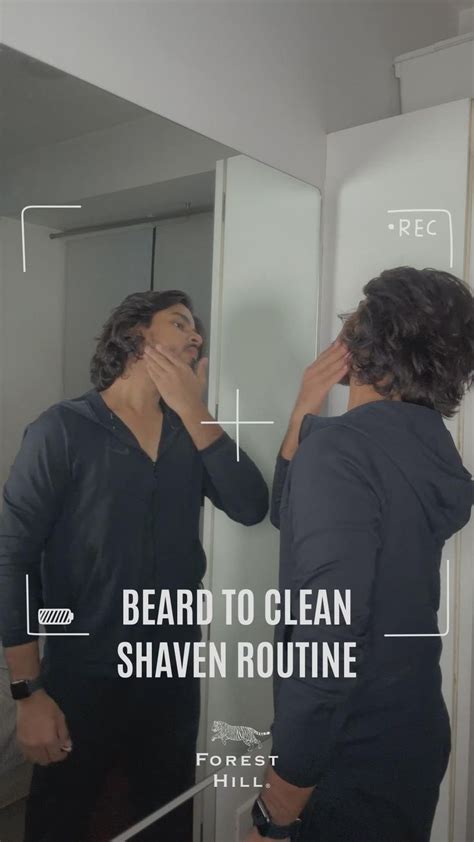
Understanding the Enemy: Razor Burn and Ingrown Hairs
Before we conquer them, let’s understand what causes these frustrating skin conditions:
- Razor Burn: This fiery, red rash is typically caused by improper shaving techniques, a dull blade, shaving dry skin, or applying too much pressure. It’s essentially microscopic cuts and irritation to the skin’s surface.
- Ingrown Hairs: Occur when a hair, instead of growing outward, curls back into the skin, often getting trapped under the surface. This can lead to red bumps, inflammation, and sometimes painful pustules. They are more common in people with curly or coarse hair and are exacerbated by dull razors or shaving against the grain.
The Proactive Approach: Pre-Shave Preparation
The secret to a great shave begins long before the blade touches your skin. Proper preparation is paramount.
1. Cleanse and Exfoliate
- Warm Water Wash: Start with a warm shower or apply a warm, damp towel to your face for a few minutes. This softens your hair and opens pores, making hairs easier to cut.
- Gentle Exfoliation: 2-3 times a week, use a mild facial scrub or an exfoliating brush to remove dead skin cells. This helps free trapped hairs and prevents new ingrown hairs from forming. For sensitive skin, a chemical exfoliant (like a low-concentration BHA or AHA) can be a gentler alternative.
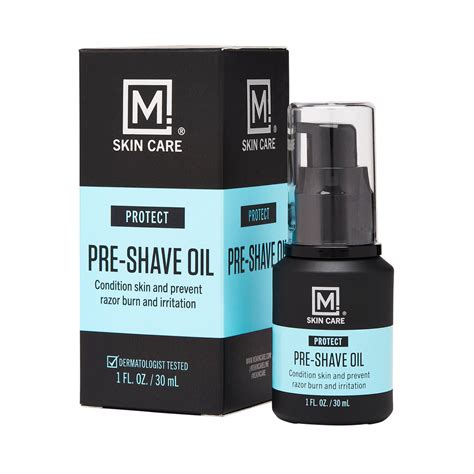
The Art of the Shave: Technique and Tools
Your shaving method and the tools you use are critical in preventing irritation.
1. Choose the Right Razor
- Sharp Blades are Non-Negotiable: A dull blade drags, pulls, and causes irritation. Change your razor blade every 5-7 shaves, or sooner if you feel any tugging.
- Single-Blade vs. Multi-Blade: While multi-blade razors can provide a very close shave, they can also cut hair below the skin’s surface, increasing the risk of ingrown hairs. For many, a high-quality single-blade safety razor or an electric shaver can be less irritating.
2. Lather Up with Quality Cream or Gel
- Hydrating Formula: A rich, thick shave cream or gel creates a protective barrier, lubricates the skin, and further softens hairs. Look for ingredients like glycerin, aloe vera, and shea butter. Avoid aerosol foams with harsh chemicals.
- Allow to Sit: Apply your lather and let it sit on your skin for 1-2 minutes before shaving. This allows the product to fully work its magic.
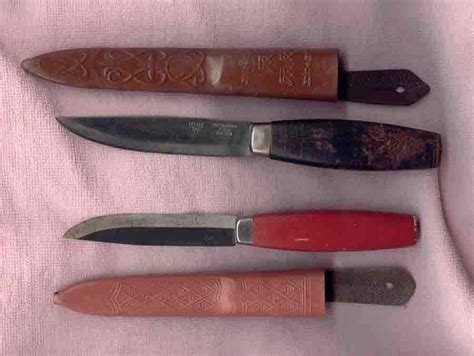
3. Master Your Shaving Technique
- Shave with the Grain: Always shave in the direction your hair grows first. This is the golden rule for preventing razor burn and ingrowns. For a closer shave, you can re-lather and make a second pass across the grain, but never against it if you’re prone to irritation.
- Light Touch, No Pressure: Let the razor do the work. Pressing down too hard increases friction and cuts the hair too short, encouraging it to grow back into the skin.
- Rinse Blade Frequently: Rinse your razor under hot water after every 1-2 strokes to clear away hair and cream, ensuring optimal performance.
- Stretch Skin Gently: For difficult areas, gently stretch the skin taut to provide a flatter surface for the blade, but avoid overstretching.
Post-Shave Perfection: Soothe and Protect
What you do immediately after shaving is just as important as the shave itself.
1. Rinse with Cold Water
After your final pass, rinse your face with cool or cold water. This helps close pores and soothe the skin, reducing redness and inflammation.
2. Apply a Soothing Aftershave Balm
Skip alcohol-based aftershaves, which can dry out and irritate your skin. Opt for an alcohol-free balm or lotion with calming ingredients like aloe vera, witch hazel (alcohol-free), chamomile, or allantoin. This will hydrate, reduce redness, and prevent ingrown hairs.
3. Moisturize Daily
Keep your skin hydrated with a non-comedogenic moisturizer daily, not just after shaving. Well-hydrated skin is healthier and less prone to irritation and ingrown hairs.

Troubleshooting Existing Issues
- For Ingrown Hairs: If an ingrown hair appears, avoid picking at it. Apply a warm compress to help bring it to the surface. A salicylic acid or glycolic acid treatment can also help gently exfoliate and release the trapped hair. If it becomes infected or persistent, consult a dermatologist.
- For Razor Burn: Apply a cool compress and a soothing, anti-inflammatory balm (like hydrocortisone cream if needed, but sparingly). Give your skin a break from shaving in the affected area until it heals.
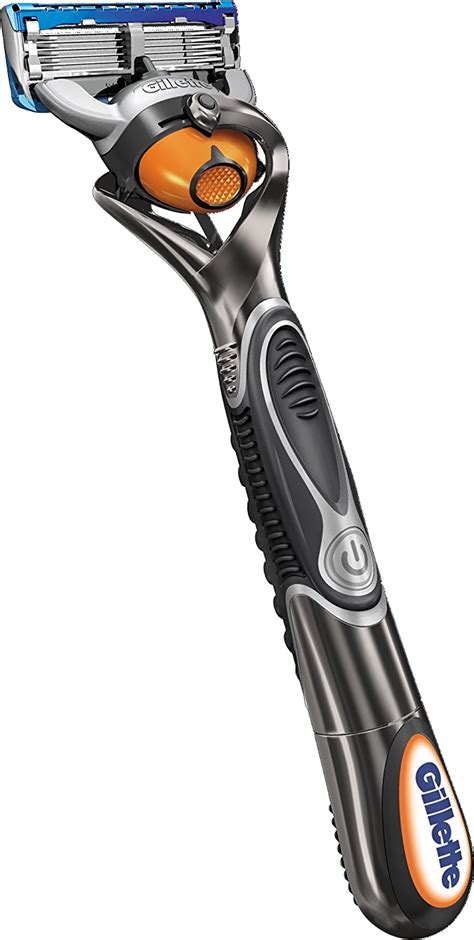
Embrace the Confidence of a Flawless Shave
Eliminating razor burn and ingrown hairs is an achievable goal, not an elusive dream. By incorporating these meticulous steps into your grooming routine – from diligent preparation and precise technique to nurturing aftercare – you’ll transform your shaving experience. The result isn’t just a visibly smoother, healthier complexion, but a powerful boost of confidence that radiates a peak performance look, ready to tackle any challenge.
